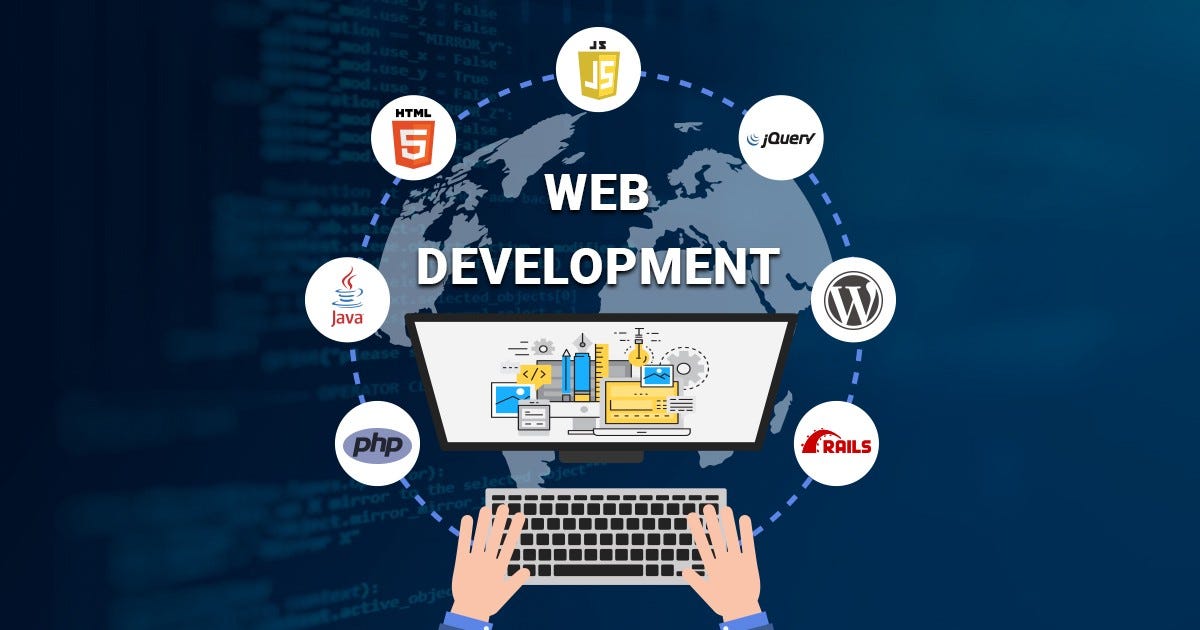Web Development

Visma IT Consultingtechnologies is a Web development refers to the process of creating websites and web applications for the Internet or an intranet. It involves a combination of designing, coding, testing, and maintaining web-based projects to provide users with an engaging and functional online experience. Web development encompasses both front-end and back-end aspects of building websites. Here’s an overview of web development:
Front-End Development: Front-end development focuses on the user interface (UI) and user experience (UX) of a website. It involves creating the visual elements that users interact with directly in their web browsers. Key aspects of front-end development include:
HTML (Hypertext Markup Language): Used to structure the content and layout of web pages.
CSS (Cascading Style Sheets): Responsible for styling and formatting the appearance of web pages.
JavaScript: A scripting language used to add interactivity and dynamic features to websites.
Responsive Design: Ensuring that websites are visually appealing and functional on various devices and screen sizes. User Experience (UX) Design: Designing interfaces that are user-friendly, intuitive, and provide a positive browsing experience.
Front-End Frameworks: Libraries and frameworks like Bootstrap, React, Angular, and Vue.js are used to streamline development and enhance user interface design.
Back-End Development: Back-end development involves building the server-side components and functionality that enable websites to handle data, process requests, and interact with databases. Key aspects of back-end development include:
Server-Side Languages: Programming languages like Python, Ruby, PHP, Java, and Node.js used for creating server-side logic. Databases: Storing and managing data using database systems such as MySQL, PostgreSQL, MongoDB, or SQLite. Server Management: Configuring and managing web servers and server environments to ensure optimal performance and security. APIs (Application Programming Interfaces): Creating APIs to enable communication between the front-end and back-end systems or to integrate with third-party services. Security: Implementing security measures to protect against vulnerabilities and unauthorized access. Content Management Systems (CMS): Using platforms like WordPress, Drupal, or Joomla to simplify content creation and management.
Full-Stack Development: Full-stack developers are proficient in both front-end and back-end development. They have the skills to handle all aspects of building a web application, from designing the user interface to setting up the server infrastructure.
Web Development Process: Planning: Defining project goals, requirements, and target audience. Design: Creating wireframes, mockups, and UI/UX design concepts. Development: Writing code for front-end and back-end functionality, and integrating various components. Testing: Testing the website for functionality, performance, and compatibility across different browsers and devices. Deployment: Launching the website on a live server or hosting platform. Maintenance: Continuously updating, optimizing, and adding new features to the website.
Web Development Tools and Technologies: Text editors or Integrated Development Environments (IDEs) for coding. Version control systems like Git for collaboration and code management. Web development frameworks and libraries for streamlining development. DevOps tools for automated deployment and continuous integration.
Web Development Trends: Web development is constantly evolving. Current trends include: Progressive Web Apps (PWAs) for improved user experiences. Single-Page Applications (SPAs) for seamless navigation. Serverless architecture for efficient resource management. Voice search optimization and AI integration. Increased focus on web accessibility and inclusivity.

Visma IT Consulting
What's different with us
Your Partner in IT Innovation
Let's Get In Touch
We are ready to help you. Our experts are here, just send a message.

Enquire Now
Your Partner in IT Innovation